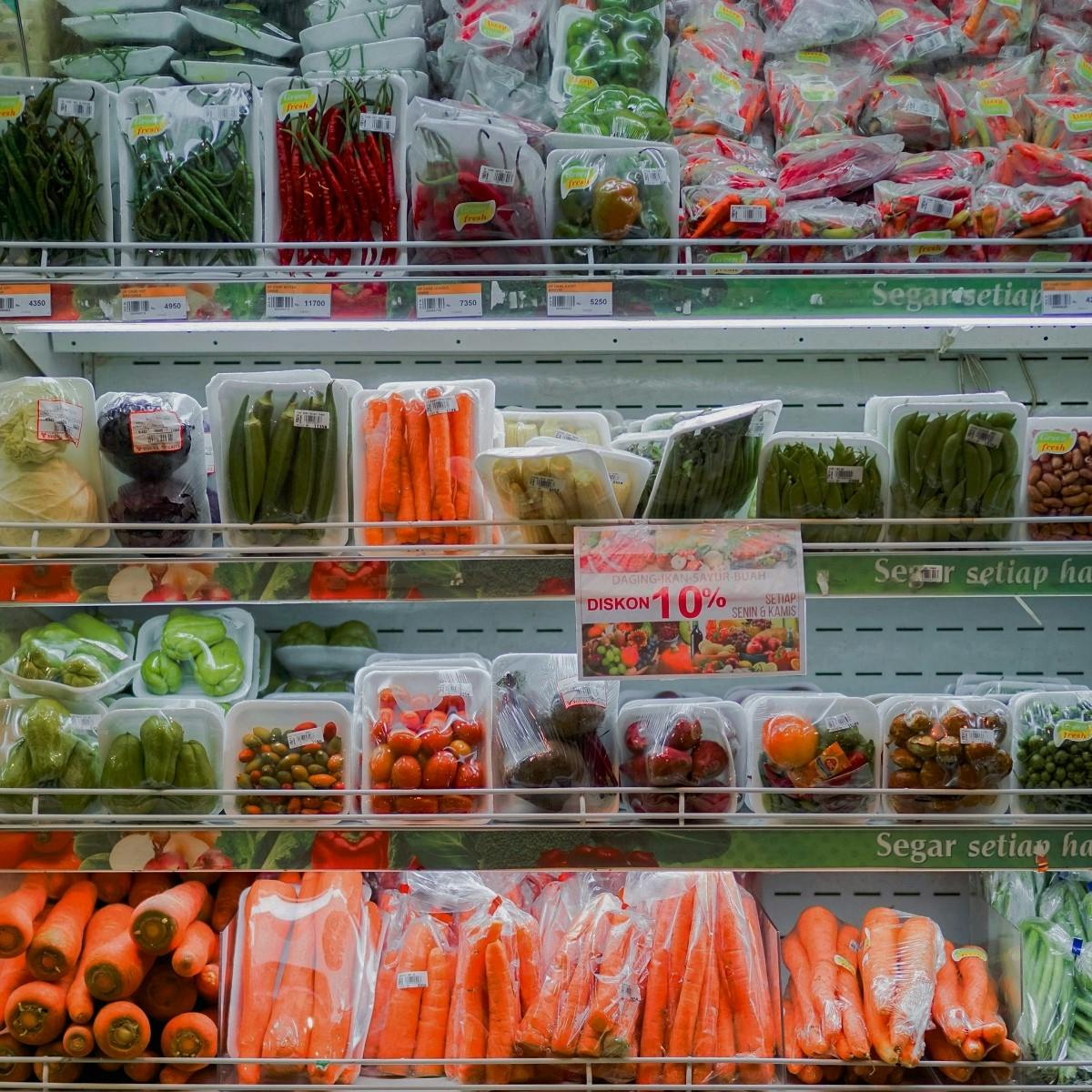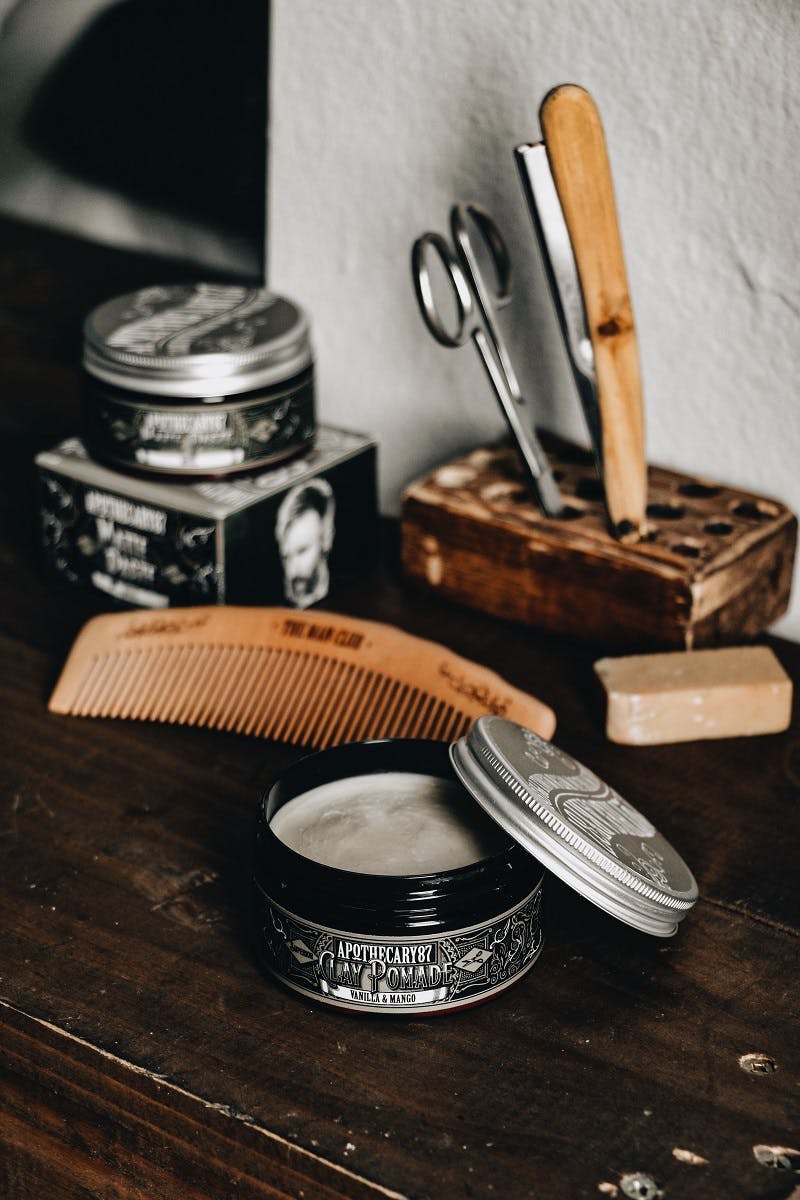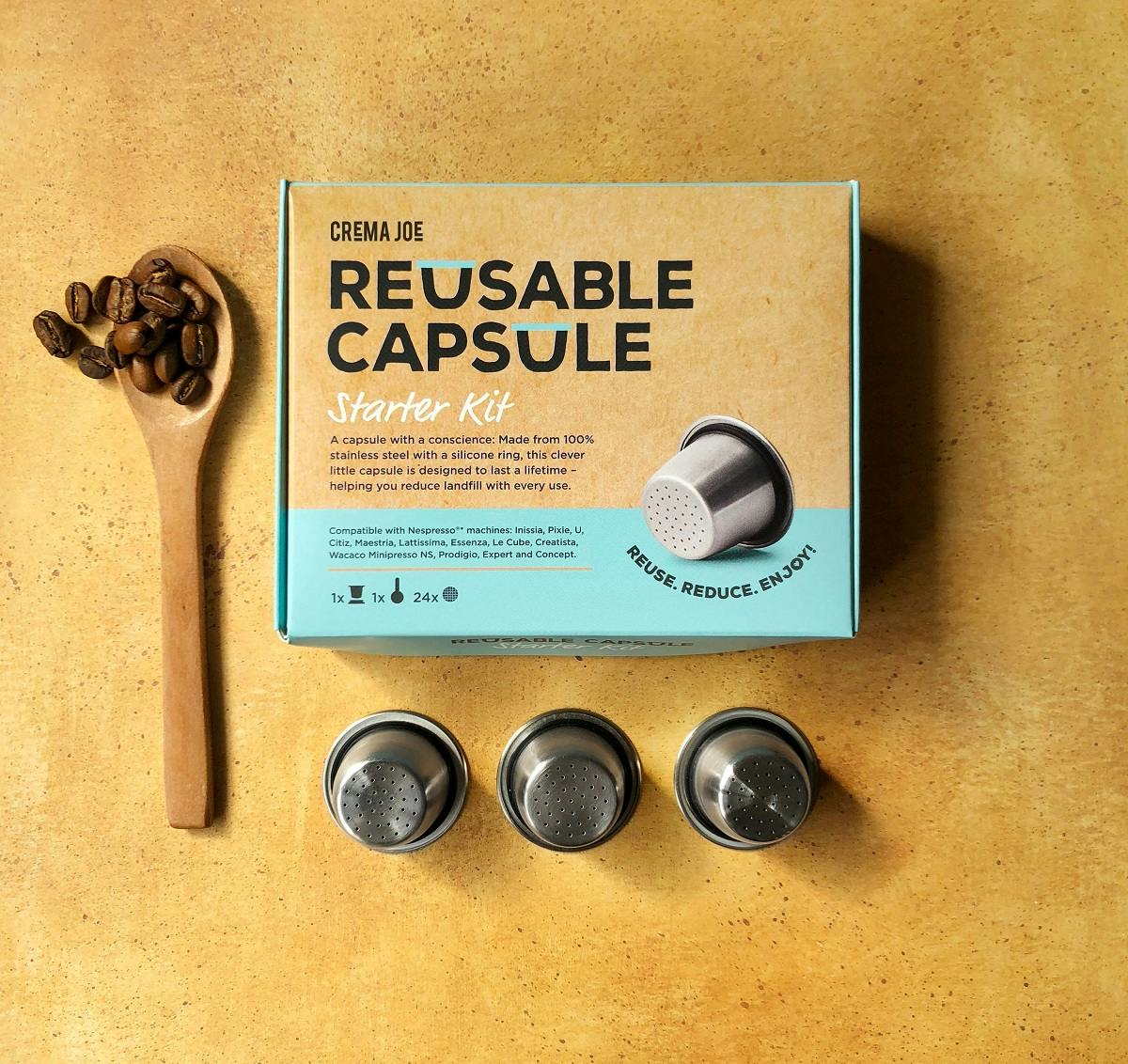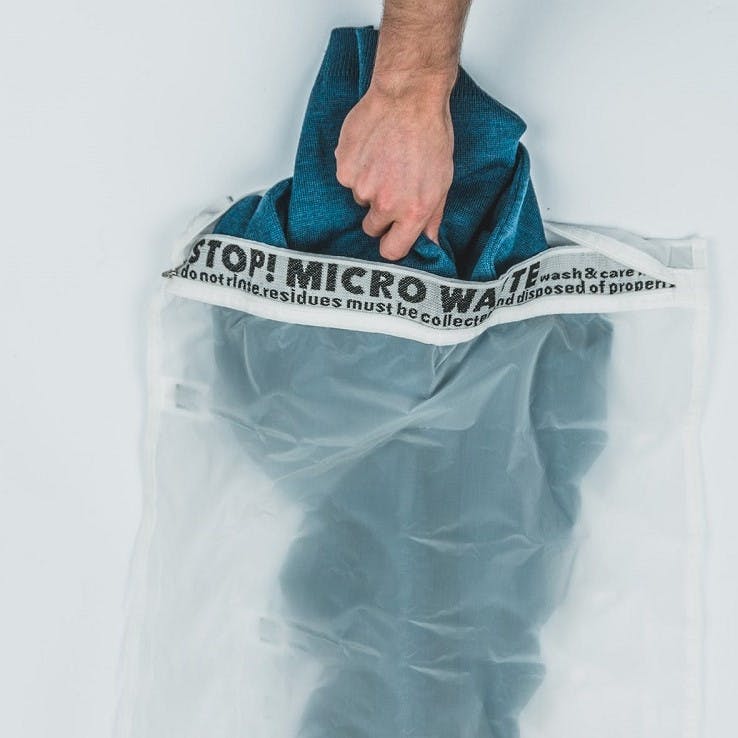
Matt
When we first wrote about refusing single use plastic, having witnessed first hand the negative effects of discarded plastic on turtles in Nicaragua, requests for ‘no straw’ and ‘can I refill my bottle’ were received with looks of bewilderment both home and abroad. Now, this is common place, but is it enough?
Where are we now?
Whether the turning tide on single use plastic waste stems from David Attenborough’s words in the Blue Planet series, the Greta Effect or the selfless work of teachers on the front line bringing such uncomfortable truths to the classroom, we're happy to see that to refuse single-use plastic has gone mainstream.
It's said that plastic waste is set to beat price as UK shoppers’ top concern and that the EU is formulating an urgent plan to ensure all packaging on the continent is reusable or recyclable by 2030!
However, despite these recent advancements, the problem is far from resolved. So, in this guide, we wish to delve deeper into the subject of living plastic free and reducing our environmental impact.

The bare minimum to living plastic free
1. Refuse single use plastics such as plastic straws and other disposable plastics (cutlery, plates, and cups).
2. Take a bag for life to the shops or market
3. Use a refillable water bottle
4. Recycle unavoidable plastic waste at home
5. Seek non-packaged produce. E.g. At a farmers’ market or packaging free grocery stores.
6. Slow down and eat at home. Convenience food on-the-go is a big culprit of single use plastic.
7. Avoid unnecessarily packaged goods such as coffee capsules that take up to 500 years to break down!
8. Invest in a bamboo toothbrush and packaging free toothpaste.
9. Refuse products that contain microbeads – tiny plastic balls found in some facial scrubs and toothpastes that find their way into our water systems. Check the label and avoid products containing polyethylene (PE), polypropylene (PP), polyethylene terephthalate (PET), polymethyl methacrylate (PMMA) and polytetrafluoroethylene (PTFE).
10. Quit the takeaway habit. Whether disposable or reusable, would it not be better to drink the coffee in the café.

What else we should all be doing...
1. Shun synthetically made fast fashion clothing.
2. Buy second hand – there is so much available on ebay
3. Use organic solid bar soaps, shampoos and detergents to avoid plastic containers
4. Write to your local MP requesting your city or town become plastic free like Penzance in the UK.
5. Contact your local supermarket, employer and children’s school to change their status quo
6. Ditch disposable razors, grow a beard or take a regular trip to the local barbers
7. If you're having a baby, investigate using washable, synthetic free nappies and recyclable wipes.
8. Organise and/or take part in local beach cleans
9. If a dog owner, avoid cheap plastic toys that, if like my dog, destroys in no time.
10. Repair and Reuse household items, clothing, sports equipment and electrical goods etc.


Take action now
Do you want to have a direct impact on climate change? Sir David Attenborough said the best thing we can do is to rewild the planet. So we run reforestation and rewilding programs across the globe to restore wild ecosystems and capture carbon.
Get involved
Microfibres, the macro polluters of the ocean
Plastic pollution is now one of the largest and most well-known threats to marine ecosystems, but while most of us think of plastic bags and straws filling our oceans, scientists are increasingly concerned about synthetic textiles such as polyester and acrylic, in the form of microfibres, entering our seas.
When washing synthetic clothing, tiny strands: so-called microfibres are released and find their way into our waterways and oceans. Swallowed by fish and other sea life, microplastic travels up the food chain, where they end up on our plates. One piece of clothing can release up to 700,000 fibres in a single wash. Research at the University of New South Wales, Australia, has found that microfibres made up 85% of human-made debris on shorelines around the world.

5 ways to minimise microfibre pollution
1. Buy clothes made from natural fibres such as cotton, linen, and wool. Natural fibres will eventually break down whereas plastic fibres such as polyester, nylon, acrylic, or lycra will not.
2. Wash your existing synthetic clothes less frequently, on a lower temperature and for a shorter duration.
3. Consider purchasing a Guppy Friend wash bag. In tests, the bag captured 99% of fibres released in the washing process. Patagonia are soon to be selling them for $20-30.
4. Invest in a washing machine lint filter.
5. Make your voice heard. Contact your favourite clothing companies that are using synthetic fabrics and ask them to make a change.

Is Plastic the problem or is it our mass consumption habits?
In a recent article by our hero Geroge Monbiot We won’t save the Earth with a better kind of disposable coffee cup, he hits the nail on the head with “People imagine we can carry on as we are, as long as we substitute one material for another” when commenting on how Starbucks is moving from plastic cups to corn starch cups without any consideration for where the corn would come from, how much land, energy and chemicals would be needed to grow it, or how much food production it would displace. His key point is that the problem is not just plastic but our over consumption: “The sheer volume of consumption is overwhelming the Earth’s living systems.”
The article later begs the question “How should we live?” which Monbiot replies “Simply”. This is of course easier said than done, as it is a huge shift in the way we have been consuming in the West for decades.

Sources & further reading

- “Anthropogenic contamination of tap water, beer, and sea salt” - PLoS ONE
- “Plastic microfibre ingestion by deep-sea organisms” - Nature Publishing Group
 Avoid unnecessarily packaged goods such as coffee capsules or convenience food on-the-go.
Avoid unnecessarily packaged goods such as coffee capsules or convenience food on-the-go.